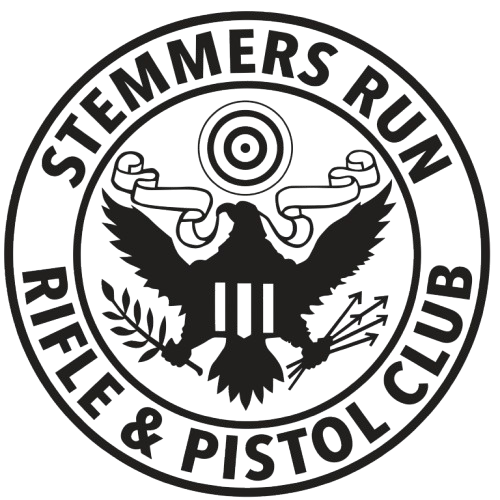Details
- Class: 9:00a-12:00n
- Lunch: 12:00n-1:00p
- Live Fire: 1:00p-4:00p
Registration Information & Class Information
Note: This is a class, not a competitive event.
- Student cost: $5.00
- Student count: Limit 10
- Stages: 1
Contact the club Secretary to register.
Introduction to USPSA
Participating in the various action shooting disciplines can improve your handgun handling skills, may improve your rapid target acquisitioning skills, may help you with developing a stage strategy, or help you balance your Speed, Power, Accuracy (DVC).
The concept of DVC (Diligentia, Vis, and Celeritas) is rooted in the International Practical Shooting Confederation (IPSC) and emphasizes the importance of balancing speed, power, and accuracy in shooting competitions. Here’s a breakdown of each component:
Accuracy (Diligentia)
- Refers to the precision of hitting the target
- Requires a steady hand, proper gun handling, and a focus on aiming
- High accuracy demands attention to detail, controlled breathing, and a consistent trigger pull
Power (Vis)
- Relates to the kinetic energy delivered to the target
- Involves generating sufficient force to effectively engage the target
- Power is influenced by factors like gun selection, ammunition choice, and proper technique
Speed (Celeritas)
- Refers to the rapidity of engaging the target
- Involves quick target acquisition, smooth trigger control, and efficient movement between shots
- Speed is critical in dynamic shooting scenarios, where split-second decisions are necessary
In IPSC competitions, a balance between DVC is essential. A shooter who prioritizes accuracy over speed and power may struggle to engage targets quickly and effectively, while one who focuses solely on speed may sacrifice precision and power. Conversely, a shooter who emphasizes power may neglect accuracy and speed.
Besides this is a fun & safe sport. What other handgun discipline can you shoot moving targets, engage multiple targets while moving, or shoot clay, steel & paper targets?
|
|
What to bring to class:
- Reliable handgun caliber 9MM to 45 ACP, NO Pistol Caliber Carbines (PPC)
Must be cased and unloaded before class
- 3 to 4 reliable magazines with 3 to 4 magazine pouches
- Holster & Belt (AGC Holster Requirements) - Students should be, but don't have to be holster & steel AGC Certified. Staging tables will be used for folks who don't have a holster.
- 150 to 200 rounds of ammo
Prohibited Ammo: Tracer, Armor Piercing, Incendiary & Penetrator
- Eye w/side protection & Ear protection (Mandatory)
- Range bag
- Pen & Paper
- Enclosed shoes
- Baseball cap
- Water & snacks
- Range cart to move all of this range gear
- First aid gear
AGC Holster Requirements
-
Only strong-side, outside the waistband drawing from the hip/thigh will be permitted. No cross-draw or ankle holsters are permitted.
-
Only gun-specific holsters of polymer, Kydex, or leather are permitted. Any leather holster must be form-fitted and retain a fully loaded firearm upside-down without a strap. (No nylon or other material).
-
Some form of retention is required. This can be passive retention as in friction holsters, or active retention holsters such as trigger guard, thumb-break, or twist retention. Multiple levels of retention are permitted.
-
The belt must be one designed specifically for holster use and must be at least 1.25” wide. If leather, it must be double-ply or commensurate thickness. No cotton-webbing belts are permitted. No single-ply nylon belts are permitted. Purpose-built duty or competition belts are encouraged, but traditionally-styled belts that are specifically designed for holster use are permitted.
If you have any doubt, please contact Fred, our SRRPC Action Shooting RSO before your class.
|
